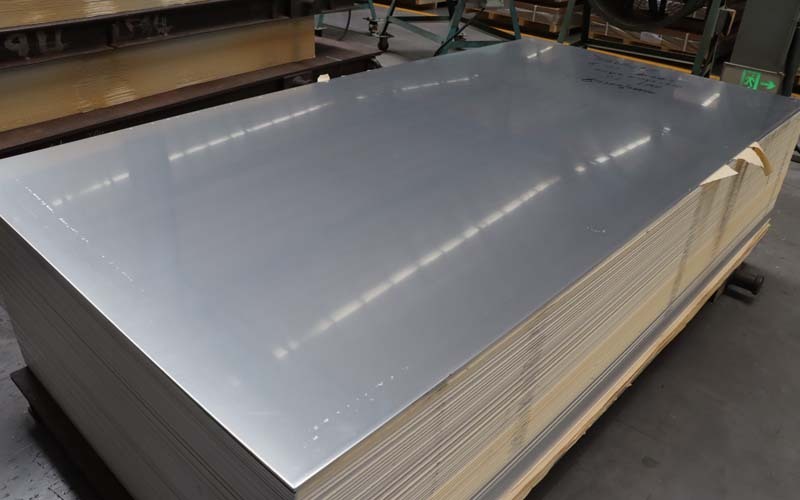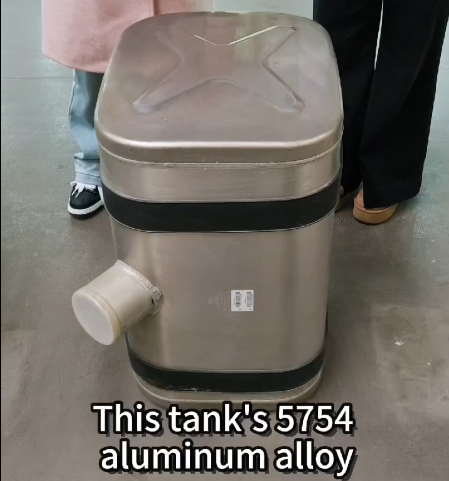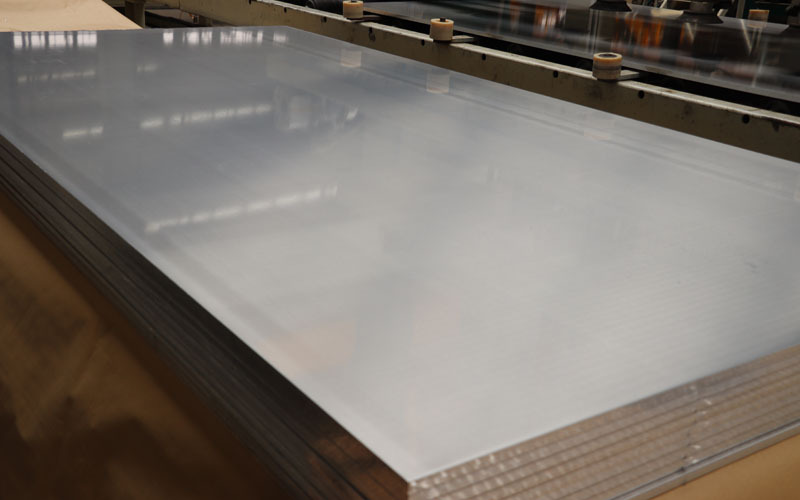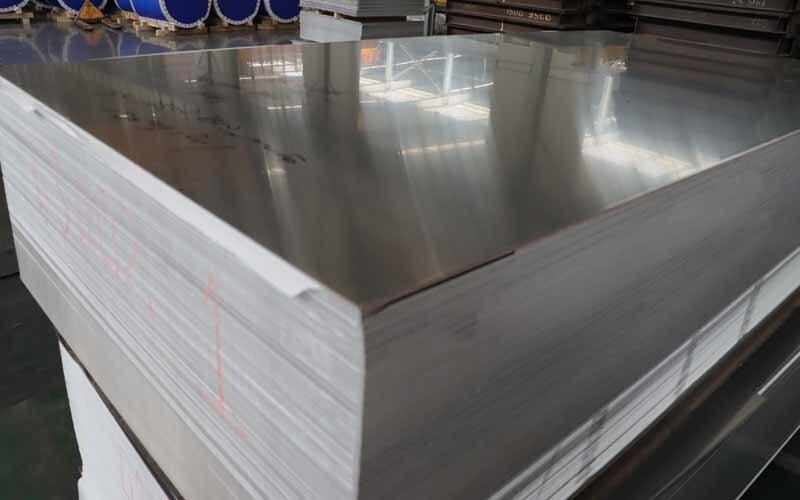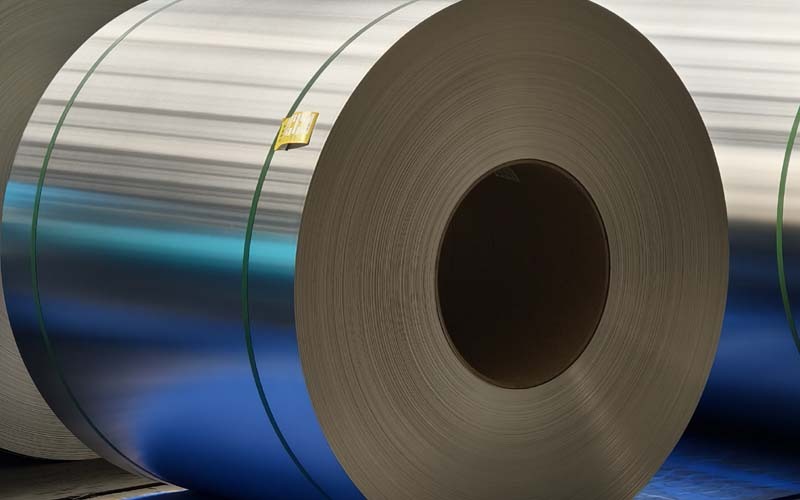
Aluminum alloy T tempering state subdivision
T tempering state subdivision state
T followed by a number state
T0 tempering state. It is the state after solution heat treatment, natural aging and then cold working. It is suitable for aluminum alloys that have been cold worked to increase strength.
T1 tempering state is cooled by high temperature forming process and then naturally aged to a basically stable state. It is suitable for aluminum alloys that are no longer cold-processed after cooling from high temperature forming process, but can be straightened and leveled without affecting the mechanical performance limit.
T2 tempering state, cooled by high temperature forming process, naturally aged to a basically stable state after cold working, is suitable for aluminum alloys that are cooled by high temperature forming process and then cold worked or straightened, leveled and strengthened.
T3 tempering state, cold working after solution heat treatment, and then natural aging to a basically stable state. It is suitable for aluminum alloys that are cold worked or straightened, leveled and strengthened after solution heat treatment.
T4 tempering state, naturally aged to a basically stable state after solution heat treatment, is suitable for aluminum alloys that are no longer cold worked after solution heat treatment, but can be straightened and leveled without affecting the mechanical properties limit.
T5 tempering state, the state of cooling from high temperature forming process and then artificially aging, is suitable for aluminum alloys that are artificially aged without cold working after cooling from high temperature forming process.
T6 tempering state , the state of artificial aging after solution heat treatment, is suitable for aluminum alloys that are no longer cold worked after solution heat treatment.
T7 tempering state, the state of aging after solution heat treatment. It is suitable for aluminum alloys that have not obtained certain important properties after solution heat treatment and whose strength exceeds the peak point on the aging curve during artificial aging.
T8 tempering state, after solution heat treatment, cold working, and then artificial aging state, is suitable for aluminum alloys that have been cold worked or straightened to increase strength.
T9 tempering state, artificial aging after solution heat treatment, and then cold working, is suitable for aluminum alloys that have been cold worked to increase their strength.
T10 tempering state, the state of cold working after cooling from the high temperature forming process, and then artificial aging. It is suitable for aluminum alloys that have been cold worked or straightened and leveled to increase strength.
T is followed by two or three digits, indicating the state of having undergone a specific process treatment that significantly changes the product characteristics, such as mechanical properties, corrosion resistance, etc.
